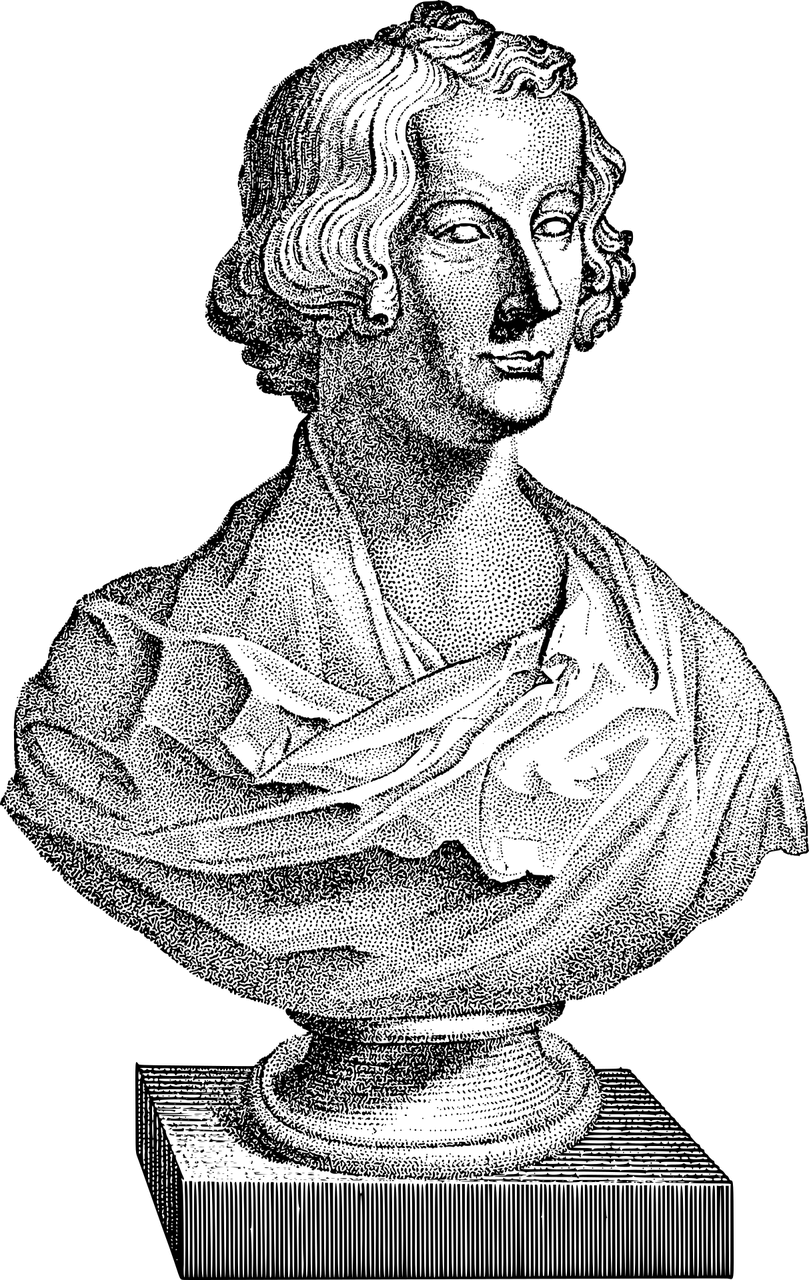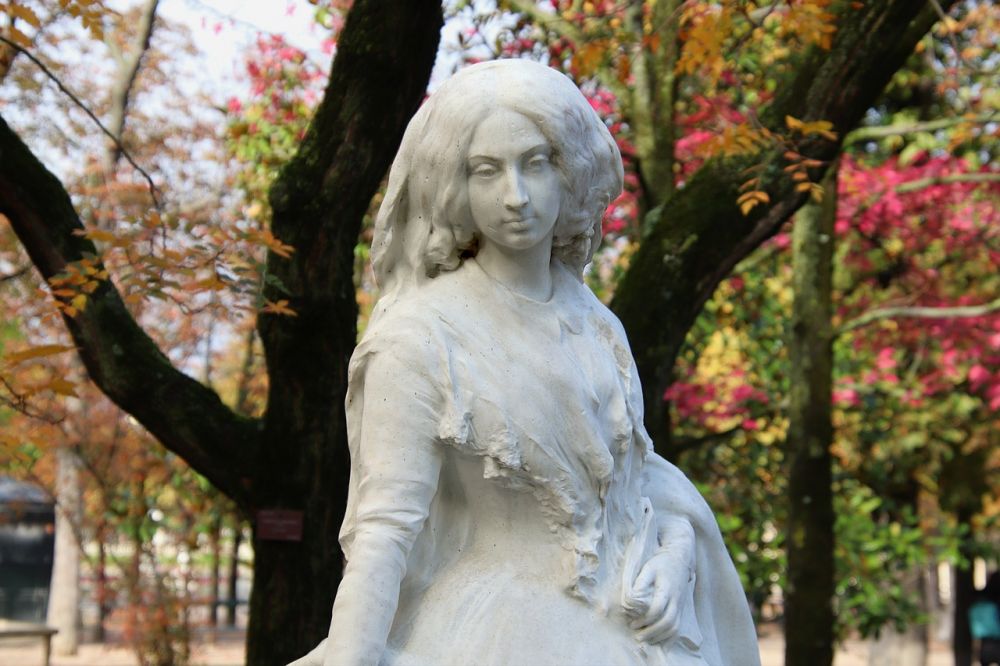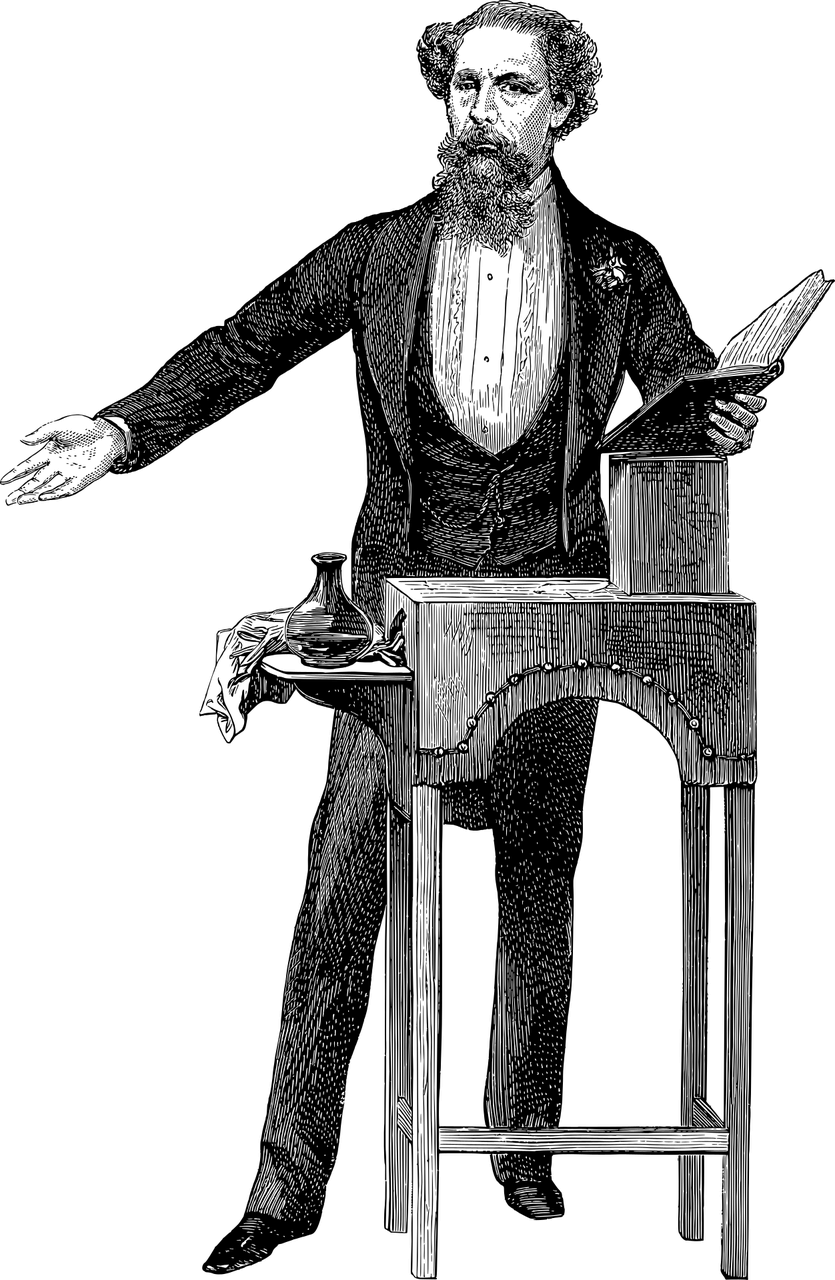Jane Austen: A Master of Literary Realism

Introduction
Jane Austen, one of the most celebrated authors in English literature, is known for her remarkable ability to capture the intricacies of everyday life in her novels. Born in 1775 in the English countryside, Austens works continue to captivate readers with their timeless themes of love, social class, and the challenges faced by women in a male-dominated society. In this article, we delve into the life of Jane Austen, explore her literary contributions, and examine her enduring legacy.
I. Jane Austen: An Overview

Jane Austen was the seventh child of Reverend George Austen and Cassandra Leigh Austen. Growing up in a close-knit family in Steventon, Hampshire, Austen received a comprehensive education at home, including reading books from her father’s extensive library. Her upbringing allowed her to develop a profound understanding of the social intricacies that would later populate her novels.
Austens first foray into writing began in her late teens with short stories and plays crafted for her family’s entertainment. However, it was not until her early thirties that she published her first novel, “Sense and Sensibility,” under the pseudonym “A Lady.” This novel showcased Austens exceptional wit, satirical commentary, and her keen eye for observation.
II. Historical Evolution of Jane Austen
1. Austen’s First Publications and Recognition:
Austen’s early novels, including “Sense and Sensibility” and “Pride and Prejudice,” were published anonymously, a common practice for female writers during the 19th century. These works, often ridiculing the social customs and expectations of the time, gained significant popularity and critical acclaim, establishing Austen as a prominent voice in British literature.
2. The Later Novels:
In the years that followed, Austen continued to refine her craft, producing novels such as “Mansfield Park,” “Emma,” and “Persuasion.” These works showcased her maturation as a writer, presenting more complex characters and delving deeper into societal issues. Austen’s novels also shed light on the struggles faced by women in a heavily patriarchal society, highlighting their limited opportunities and dependence on marriage for financial security.
3. Posthumous Recognition and Continued Influence:
Despite Austen’s untimely death in 1817, her second oldest brother, Henry Austen, ensured the publication of her final novel, “Northanger Abbey,” and a revised edition of “Persuasion.” It was during the Victorian era, decades after her passing, that Austen’s works gained particular prominence as readers discovered and appreciated her insightful narratives. Today, Austen’s novels continue to be widely read and adapted into film and television, solidifying her as a literary icon.
III. Jane Austen’s Literary Contributions and Themes
1. Realistic Portrayal of Society:
Austen’s novels serve as vivid portrayals of the society in which she lived. With sharp social commentary and keen observations, she depicted the realities of the upper-middle-class society. Her characters grapple with issues such as marriage, social standing, and societal expectations, providing readers with an authentic glimpse into Regency-era England.
2. Complex Characterization:
One of Austen’s greatest strengths lies in her ability to create well-rounded, multi-dimensional characters. From the spirited Elizabeth Bennet in “Pride and Prejudice” to the kind-hearted Fanny Price in “Mansfield Park,” Austen’s characters are nuanced and relatable. Their flaws and struggles resonate with readers even today, making her stories enduring and timeless.
3. Exploration of Love and Relationships:
Love and marriage form central themes in Austen’s novels. She examines the complexities of romantic relationships, often presenting characters who must learn the importance of personal growth, mutual respect, and genuine affection. Austens heroines challenge societal conventions by prioritizing true love over financial security, creating stories that inspire hope and idealism.
IV. Jane Austen’s Enduring Legacy
Jane Austen’s work has transcended time and continues to resonate with readers across generations. Her ability to sharply observe human behavior, her engaging storytelling, and her timeless exploration of universal themes make her a celebrated figure in literature. Austen’s novels have not only influenced subsequent generations of writers but have also become essential texts in the study of literature, women’s rights, and the social history of the Regency era.
In conclusion, Jane Austen’s unparalleled talent for realistic storytelling and her ability to depict human emotions make her a literary force to be reckoned with. Her novels continue to enchant readers, providing us with a window into the past while shedding light on timeless challenges and triumphs. As we delve into the works of Jane Austen, we are rewarded with a profound appreciation for her literary contributions and her indelible mark on English literature.





